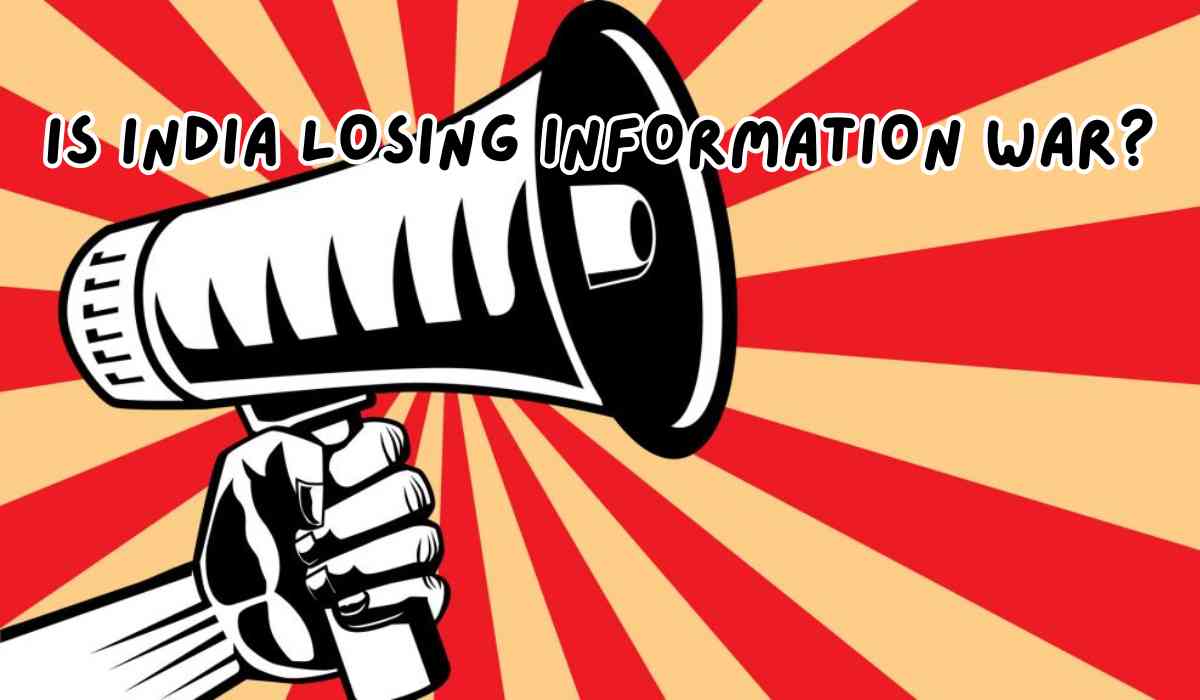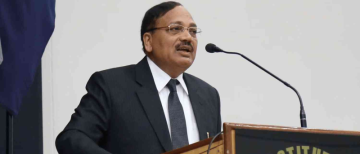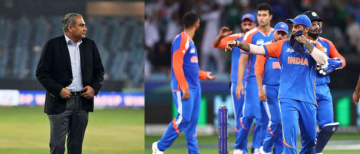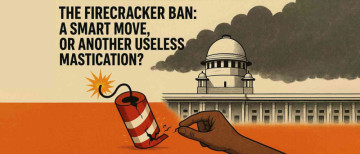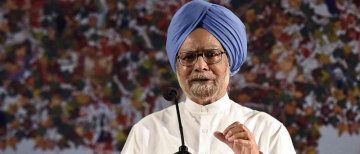India, despite its growing geopolitical stature and military strength, finds itself increasingly isolated in a battle not fought with guns or jets, but with narratives, perceptions, and global influence. While the country has admirably defended itself against cross-border terrorism and has even executed bold, pre-emptive strikes such as Operation Sindoor, its failure to win the global narrative exposes a deeply concerning strategic shortfall. In contrast, allies and adversaries alike, notably Israel, China, and Pakistan, have mastered the art of perception management and information warfare. As the information age reshapes how wars are won or lost, India is struggling to adapt, and the consequences are far-reaching.
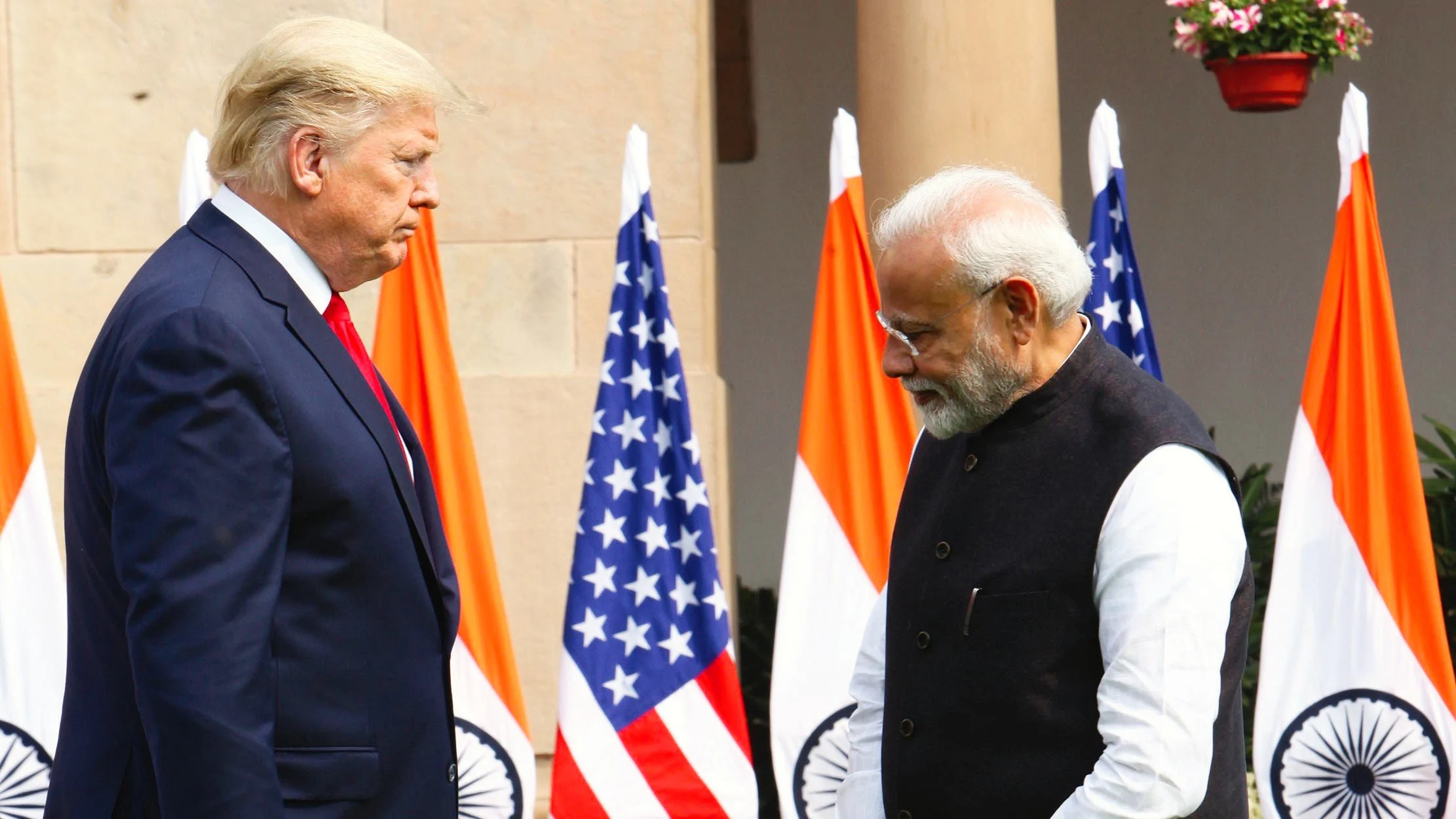
A Tale of Two Operations: India vs. Israel
India’s Operation Sindoor and Israel’s Operation Rising Lion present a telling comparison. Both missions were pre-emptive actions to neutralise imminent threats. But while India limited its strikes to terrorist camps and military assets, Israel took its campaign several notches higher, targeting political leaders, military commanders, and even nuclear scientists in their homes.
Yet, it is the international response that underscores the stark disparity in global perception. India, long a victim of state-sponsored terrorism from across its western border, was met with calls for restraint. Meanwhile, Israel, now more than ten days into Operation Rising Lion, has faced no such admonishment. The United States, far from calling for calm, has even actively supported Israel’s military campaign by launching strikes on Iran’s nuclear infrastructure, including the fortified Fordow facility.
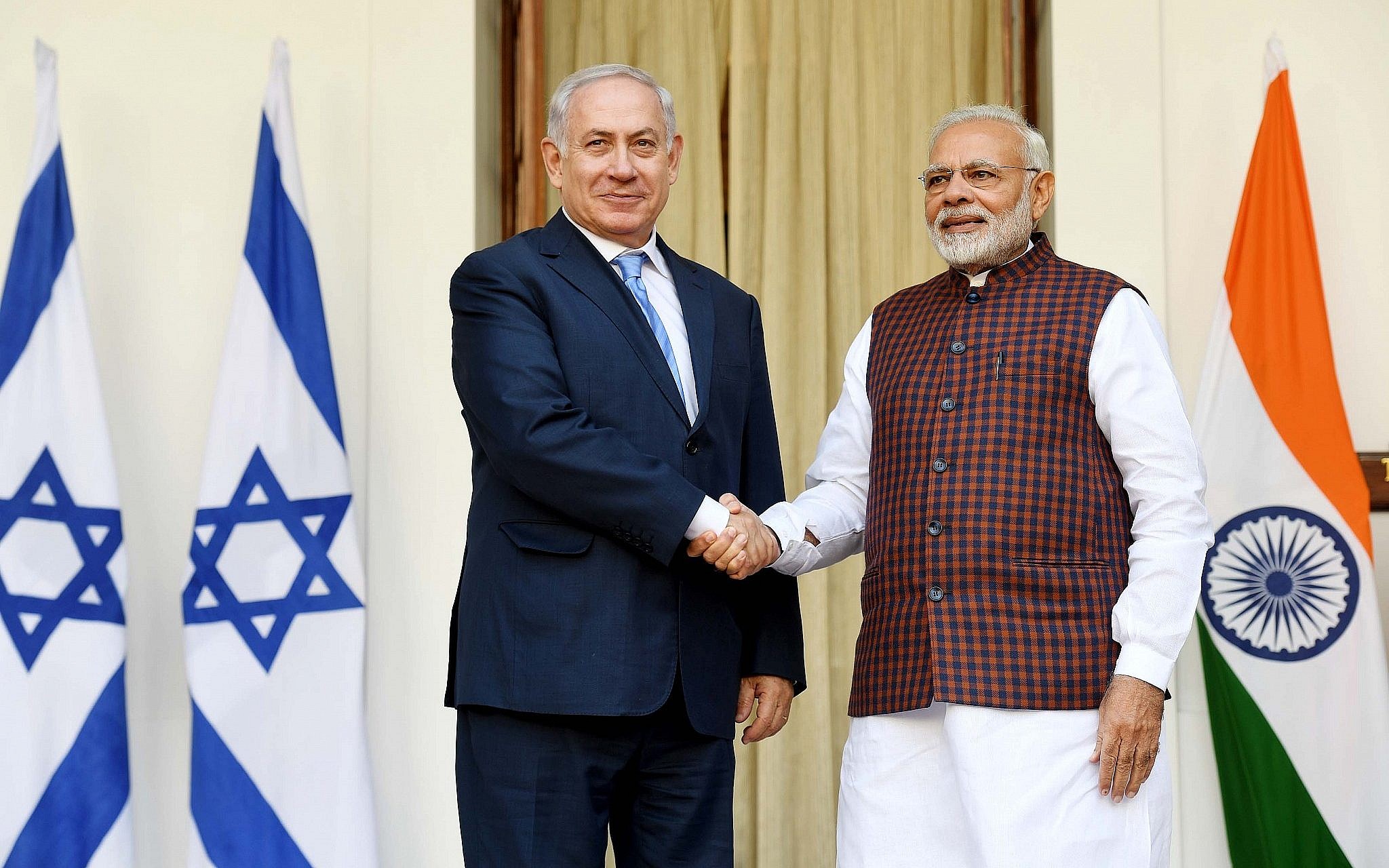
The Double Standard: US Diplomatic Hypocrisy
The hypocrisy deepens. While the United States was urging India to dial down its rhetoric post-Operation Sindoor, it was simultaneously playing host to Pakistan’s Army Chief, General Asim Munir, at the White House, an act perceived in Indian circles as nothing short of betrayal. For a country that touts its “strategic partnership” with India, the optics couldn’t have been worse.
Even more jarring was the U.S. President’s claim of mediating a ceasefire between India and Pakistan, a narrative that undermined India’s sovereignty and agency. This faux diplomacy not only emboldens Pakistan but also sends a clear signal that the India–US partnership remains transactional at best, lacking the deeper strategic trust that marks true alliances.
Moreover, when American generals publicly acknowledge Pakistan as an ally in the war on terror, despite its long history of harbouring and financing terrorism against India, it further validates that India’s inability to shape the global discourse is costing it dearly.

Losing the Information War: India’s Weak Narrative Strategy
India’s struggle to build and control its international image is not new, but recent failures have thrown it into sharp relief. Following Operation Sindoor, Pakistan, long practised in media manipulation, was quick to capitalise. Indian newsrooms, meanwhile, devolved into echo chambers of hyper-nationalism. The resulting din, filled with speculative expert panels and dramatic war-room theatrics, may have stirred domestic sentiment but had little traction globally.
Leading global media like The Washington Post observed that Indian outlets had created a “parallel reality,” where perception often overtook facts. French daily L’Opinion echoed this sentiment, noting that while India may have won militarily, it lost the information war, allowing Pakistan to emerge as a “wronged victim” in the eyes of many international observers.
India’s attempt to reclaim the narrative through diplomatic outreach was ambitious but belated. Seven high-level, all-party delegations were dispatched to 32 nations and the EU headquarters in Brussels, aiming to convey India’s stance on cross-border terrorism and self-defence. Despite the scale of the effort, much of the global opinion had already crystallised. In essence, India was left to chase a horse that had long since bolted.
Lessons from China: The ‘Three Warfares Strategy’
If India seeks a model for effective information warfare, it need look no further than its northern neighbour. China’s Three Warfares Strategy—a holistic framework encompassing information warfare, psychological warfare, and legal warfare—has proven remarkably effective in shaping global discourse to its advantage.
-
Information Warfare: Beijing uses state-controlled media, diplomatic channels, and international platforms to craft favourable narratives. For instance, during the 2016 South China Sea arbitration, Chinese media portrayed the Permanent Court of Arbitration’s ruling against it as illegitimate and politically motivated. The result? A significant portion of the global community accepted China’s framing, despite the legal defeat.
-
Psychological Warfare: By invoking historical trauma and military intimidation, China sows uncertainty in adversaries. During the 2017 Doklam standoff, Beijing strategically referenced the 1962 Indo-China war to demoralise Indian decision-makers and the public—a tactic that, while ultimately unsuccessful, demonstrated China’s readiness to weaponise memory and fear.
-
Legal Warfare (‘Lawfare’): China is also adept at bending international legal frameworks to validate its actions while undermining those of rivals. Its rejection of the South China Sea ruling was couched in legal language, positioning itself not as a violato, but as a defender of international law.

What India Must Do: Building a Long-Term Perception Strategy
The road ahead for India requires a paradigm shift—away from reactive messaging and towards a comprehensive, long-term strategy. Here are key imperatives:
1. Integrated Strategy Development
India must fuse military preparedness with information dominance and legal capability. This means:
-
Strengthening cyber and psychological warfare units.
-
Establishing specialised media cells within the defence and diplomatic corps.
-
Investing in credible international media partnerships to amplify India’s viewpoint.
2. Psychological Resilience
India’s public psyche is highly vulnerable to emotional manipulation. From jingoistic highs to depressive lows, public opinion swings wildly, often influenced by over-the-top media coverage. Building public psychological resilience through education, awareness, and critical thinking training can counter enemy propaganda and create a more informed citizenry.
3. Legal Preparedness
India must aggressively leverage international law to challenge adversaries. This requires:
-
Training diplomats and legal experts in lawfare.
-
Participating more robustly in multilateral legal forums.
-
Contesting violations in global courts with well-documented legal arguments.
4. Public Diplomacy and Narrative Control
A proactive public diplomacy initiative should not be reserved for crises. It must be sustained, strategic, and nuanced:
-
Engage global think tanks and academic institutions to promote India’s perspectives.
-
Develop English-language content tailored to Western audiences.
-
Use social media with targeted campaigns, not as an afterthought but as a primary tool of engagement.
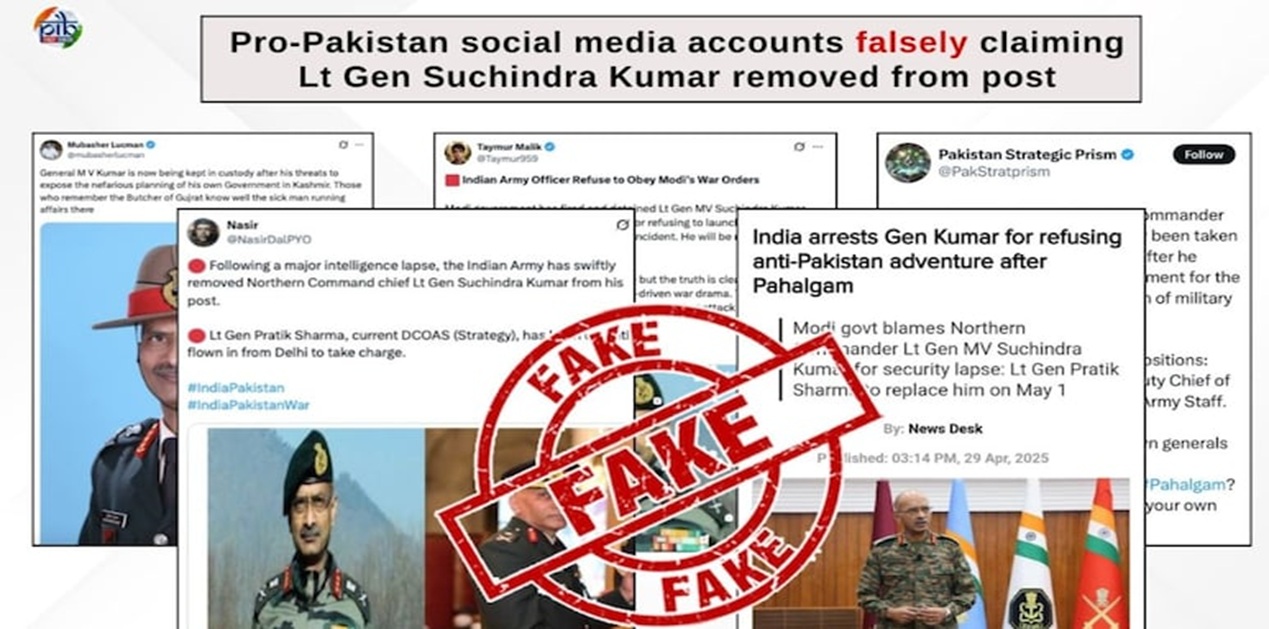
Balancing Emotion and Reason in Messaging
The domestic media’s coverage during Operation Sindoor had one clear flaw: it confused nationalism with strategy. While such coverage succeeded in galvanising public sentiment at home, it alienated global audiences looking for credible, fact-based narratives. Excessive dramatisation and misinformation diluted India’s message internationally.
Going forward, India’s media ecosystem must align with a strategic information policy. Messaging needs to be customised—what works for a domestic audience may not resonate globally. Identifying the right themes for each audience and employing the correct mode of dissemination—be it a think tank report, a diplomatic white paper, or a documentary—is critical.
The Time to Act is Now
India’s inability to isolate Pakistan diplomatically, despite ample proof of state-sponsored terrorism, is not just a diplomatic lapse—it’s a failure to adapt to modern warfare. Information is now as potent a weapon as any missile or tank, and India must start treating it as such.
Winning the perception war requires planning, investment, training, and most importantly, political will. It is not enough to strike targets on the ground; India must strike decisively in the domain of ideas, narratives, and influence.
The campaign for India’s global narrative supremacy must begin before the next crisis again catches the nation playing catch-up.
Views expressed in the above piece are personal and solely those of the author. They do not necessarily reflect Vygr’s views.
With inputs from agencies
Image Source: Multiple agencies
© Copyright 2025. All Rights Reserved Powered by Vygr Media.

